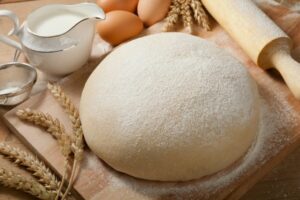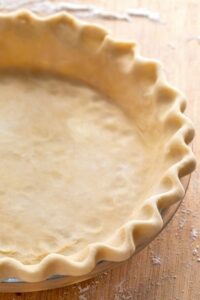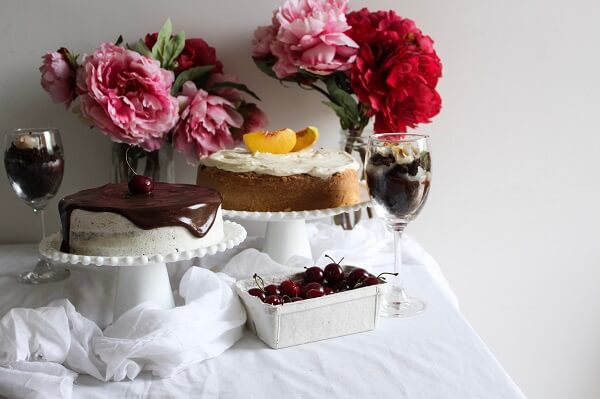Welcome to the delectable world of baking! Whether you’re a seasoned baker or a novice exploring the enchanting realm of the oven, understanding key baking terms is your ticket to culinary success. This blog is your guide to mastering the language of baking, unlocking the secrets behind each term to elevate your skills and create mouthwatering delights. Let’s embark on this adventure together, one baking term at a time, and unlock the secrets that will make your baking endeavors not just a task, but a delightful journey of creativity and taste. Get your aprons on, preheat those ovens, and let’s dive into the sweet symphony of baking terms you should know!
CREAMING
Creaming involves beating sugar and fat (usually butter) together until the mixture becomes light, fluffy, and pale in color. Creaming helps incorporate air into the mixture, which is crucial for creating a tender and airy texture in cakes and cookies.

FOLDING
Folding technique is used to gently combine ingredients, such as incorporating whipped egg whites or adding dry ingredients to a wet batter. The main goal is to maintain the volume and lightness of the mixture while ensuring even distribution.
PROOFING
In baking, this refers to allowing yeast dough to rise before baking. During proofing, yeast ferments, producing carbon dioxide, which causes the dough to expand and rise. It’s a critical step in making bread and other yeast-leavened products.

LEAVENING AGENTS

Baking powder:
A chemical leavening agent that contains both an acid and a base. When activated by liquid and heat, it produces carbon dioxide gas, leading to the rising of baked goods.
Baking soda:
A base that requires an acid (often provided by ingredients like yogurt or buttermilk) to activate and produce carbon dioxide gas.
SIFTING
Sifting involves passing dry ingredients, such as flour, through a sieve or sifter to aerate and remove lumps. Sifting ensures even distribution and a smoother texture in the final baked goods.
GREASE AND FLOUR
This preparation method involves coating a baking pan with a thin layer of fat (like butter or shortening) to prevent sticking and then dusting it with flour. It creates a non-stick surface for your baked goods.
BLIND BAKING
Blind baking is a baking technique that involves pre-baking a pie or tart crust before adding the filling. This method is particularly useful when the filling doesn’t require much baking time, or when you want to ensure a crisp and fully cooked crust.

DOCKING
Docking is a baking technique used primarily in pastry-making, particularly for pie crusts and puff pastry. The process involves pricking the surface of the pastry with a fork or a specialized tool known as a docker. Docking serves several purposes, all of which contribute to the overall success of your baked goods. Here’s a guide to the docking method:
Why Docking?
Preventing Puffing:
- Docking helps prevent the pastry from puffing up excessively during baking. This is crucial for certain types of pastries, such as pie crusts and puff pastry, where maintaining a flat, even surface is desirable.
Steam Release:
- As the pastry bakes, moisture in the dough turns to steam. Docking creates small holes or perforations in the dough, allowing steam to escape. This prevents the formation of large air pockets that could cause the pastry to rise unevenly.
CARAMELIZATION
Caramelization is a cooking technique that involves heating sugar until it melts and turns into a golden-brown liquid. This process imparts a rich flavor and a characteristic color to various dishes, from desserts to savory dishes.
Tips for Caramelizing Sugar:
Be Patient:
Caramelization takes time. Rushing the process may result in uneven caramel or burning.
Low to Medium Heat:
Start with medium heat and adjust as needed. Too high of heat can cause the sugar to burn quickly.
Clean Utensils:
Ensure your utensils are clean and dry to prevent crystallization.
LAMINATING
Laminating is a pastry technique that involves layering fat (usually butter) between layers of dough. This process creates a multitude of thin, flaky layers, resulting in a light and crispy texture in baked goods like croissants and puff pastry.
Tips for Laminating Dough:
Keep It Cold:
Ensure that both the dough and butter remain cold throughout the process. This helps maintain the distinction between layers.
Even Thickness:
Roll the dough and butter to an even thickness to achieve consistent layers.
Resting Periods:
Allow the dough to rest in the refrigerator between turns. This prevents the butter from melting and ensures the layers stay distinct.

 Hello. I'm Shivesh Bhatia, a food blogger and food stylist from Delhi, India. Welcome to Bake With Shivesh, where I'll help you create magic in your kitchens with my simple recipes.
Hello. I'm Shivesh Bhatia, a food blogger and food stylist from Delhi, India. Welcome to Bake With Shivesh, where I'll help you create magic in your kitchens with my simple recipes.
Leave a Reply